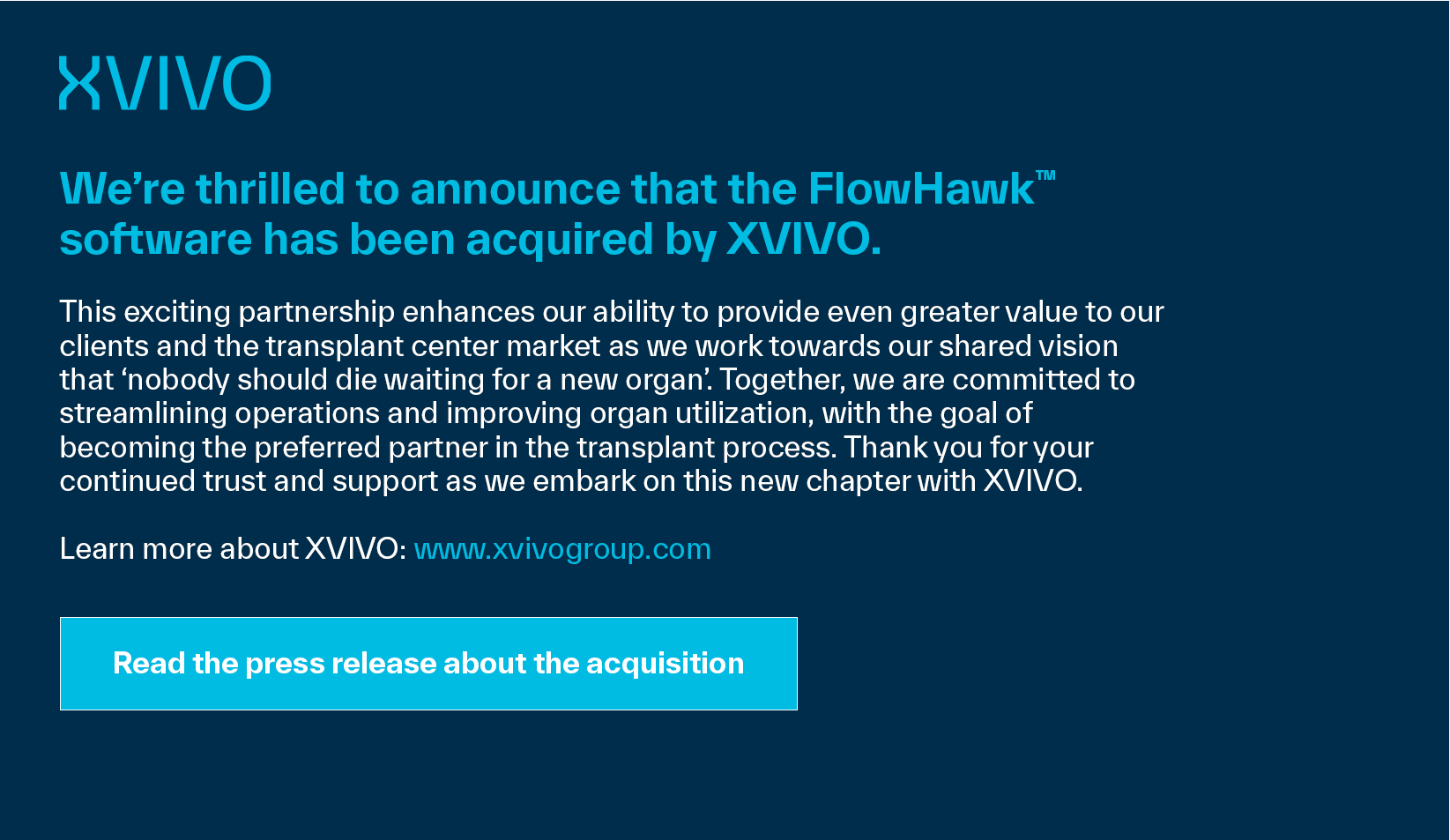Financial sustainability is top of mind for healthcare organizations of all sizes—and transplant hospitals are no exception.
As payment models evolve and staffing shortages continue unabated, it’s essential that leaders managing organ transplants and other complex care cases identify cost-effective measures for reducing the overall cost of care.
Implementing a clinical workflow automation platform that can improve operational efficiencies, advance data collection and reporting, and support front-line staff can positively impact your organization’s bottom line.
Let’s take a closer look at how the technology can ‘pay for itself’ and explore seven ways it provides quantifiable value you may have overlooked.
Understanding the organ transplant reimbursement landscape
As you are aware, Medicare reimburses certified transplant hospitals for associated organ transplant costs for Medicare patients.
Our clinical workflow automation technology, used to manage organ intake, patient referrals, waitlist management, living donor, and post-transplant processes and communications, is an approved reimbursable pre-transplant expense (with the exception of post-transplant use cases), which means transplant hospitals can quickly recoup their financial investment.
While recovering your initial investment costs is a great first step in demonstrating ROI to your leadership team, it’s only the tip of the iceberg.
7 ways to measure clinical workflow automation ROI
Here are seven ways the technology provides valuable ROI to your organization.
1. Increase throughput.
Simply put, automation technology creates operational efficiencies that enable transplant hospitals to serve a higher volume of patients with the same quality—and without requiring additional resources. One study found that the use of a mobile app to manage organ intake resulted in a 35% increase in the number of organs transplanted.1
2. Enhance clinician experience.
With more than 500 phone calls, texts, and emails per organ transplant case, streamlining cross-team communication and creating a digital paper trail has the potential to improve the clinician experience drastically. One study found that the use of a mobile app to manage organ intake resulted in a 50% reduction in time from initial organ offer to transplant .1
3. Mitigate staffing shortages.
Persistent healthcare staffing shortages are forcing some facilities to reduce the number of procedures performed and to rely on expensive contract labor. This results in fewer revenue opportunities realized at a higher cost per case. Staffing shortages are also linked to increased rates of burnout. A recent study found that utilizing a mobile app for organ intake reduced costs associated with burnout by $12,500 per year.1
4. Support remote work environments.
With hiring and retaining staff an ongoing challenge, an infrastructure that allows qualified talent to work from home in a secure environment provides an added benefit to employees and opens up your organization’s pool of potential workers. In addition, it can eliminate the need to use expensive, third-party call centers for key services.
5. Reduce the likelihood of a security breach or HIPAA violation.
The nature of how organ intake is currently managed—with 500+ phone calls, texts, and emails, often on unsecured personal devices—is a major security and compliance risk. A HIPAA violation can cost your organization up to $25,000 per year.2
6. Avoid costly miscommunication.
Miscommunication across the care team is not only frustrating but contributes to expensive delays that average Centralizing communication can reduce errors and delays that result from miscommunication.
7. Optimize billing with improved accuracy and compliance.
Transplant-related communications during organ offer reviews, organ recovery, as well as patient referral evaluation and waitlist management are considered ‘pre-transplant expenses’ and reimbursable on the Medicare Cost Report. One area of revenue leakage that has the most opportunity for improvement and can make a considerable impact on transplant center finances is the accuracy and compliance of time reported during organ offer review and recovery, or phase 3 of pre-transplant activities.
Faculty under report their time spent reviewing organ offers and procurement services by 60% according to estimates from a study performed by OmniLife Health in 2022. Said differently, even if your center has strong time study compliance, the accuracy of that time is probably grossly underestimated and thus underbilled. Further, time study compliance typically drops sharply among non-transplant department staff, such as HLA or OR staff, whose time spent on organ procurement is eligible on the transplant center time study and cost report. These compliance drop-offs occur even in well-managed programs with strong compliance within the transplant department.
With communication and clinical workflow automation software, all time and activities performed by transplant staff, and time study eligible staff outside of the transplant center, are automatically tracked. This provides administrators and staff the ability to not only automate the collection of time logs, but equally important, to increase the accuracy of the time reported. This drives revenue to help offset the organ recovery cost increases that have impacted so many transplant centers nationwide.
Modernize your organ transplant intake process
Implementing clinical workflow automation technology has the potential to transform how lifesaving work gets done.
It can help your organization address its financial pressures head-on while ultimately improving the organ intake process and the families whose lives you impact.




